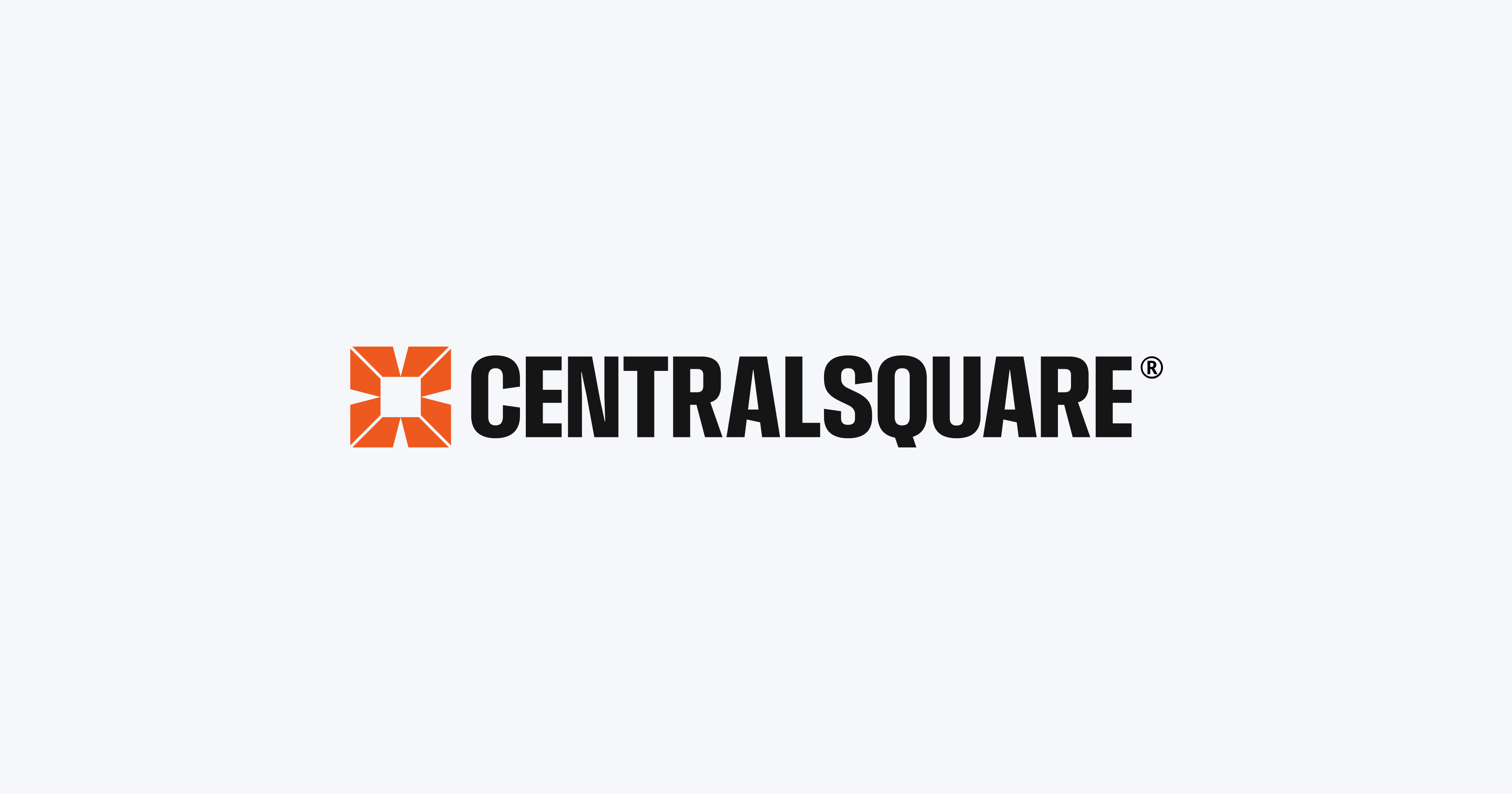RevOps: The Territory Planning Secret That Saves 480 Hours Per Quarter and Doubles Bookings

If you run RevOps, you know the pattern.
Quarter after quarter, you’re asked to “tighten territories,” “improve coverage,” and “support more bookings” — but the work behind that usually means clumsy exports, territory debates, and manual research that no one has time for.
The real problem isn’t that your reps are lazy or leadership is unrealistic. It’s that territory planning is still built on incomplete data and ad-hoc research.
The teams that are getting this right are doing one big thing differently: they’ve turned territory planning into a repeatable system, not a quarterly fire drill.
Step 1: Plan From a Real Market, Not Just the CRM
Most territory models start from what’s already in the CRM. That’s convenient—but it’s also how you miss huge portions of your addressable market.
A better pattern for RevOps:
- Start from a clean, external view of your full market (e.g., every municipality above a certain population, every university, every agency in your niche).
- Map your existing CRM accounts to that universe.
- Only then decide what “good coverage” actually looks like.
Now, when you assign territories, you’re distributing real opportunity, not just historical data. Reps stop saying “there’s nothing in my patch” and start seeing clear whitespace.
Step 2: Make Contact Hygiene Boring and Automatic
Territory plans fall apart fast when the people in them are wrong.
You’ve seen it: reps chasing contacts who left a year ago, or missing the one stakeholder who actually owns the initiative you care about. Fixing that manually is pure busywork for RevOps.
Instead, treat contacts as a scheduled process:
- One trusted source of enriched contacts.
- Automatic, time-boxed syncs into your CRM (e.g., once a week in off hours).
- Guardrails so no one floods the system with massive, unreviewed lists.
The effect is simple: when a rep opens an account in Salesforce or HubSpot, they’re looking at current, relevant people. You don’t need a workshop to explain that value — they feel it in their day-to-day.
Step 3: Standardize Research With AI, Then Put It Where Reps Live
This is where hours really evaporate: everyone “doing research” differently.
One rep digs into budgets. Another reads news. A third skims the website and calls it done. You can’t scale that, and you definitely can’t repeat it every quarter across hundreds of accounts.
A cleaner RevOps motion looks like this:
- Define a small set of standard questions you want answered for every target account, like:
- What relevant initiatives or projects have been active recently?
- Are there any incidents, risks, or events that create urgency?
- Is there visible budget, grants, or funding tied to your category?
- Turn those into AI prompts that run across many accounts at once, pulling from public data and documents.
- Feed the results back into the tools reps already use: CRM account records, a Chrome extension on target sites, or whatever is in their daily workflow.
Now a rep opens an account and immediately sees who to talk to, what’s happening, and why this account is worth their time—without spending an hour in Google first.
What This Unlocks for RevOps
When you put these pieces together, the shape of your job changes:
- Territory planning is based on a real market, not a legacy CRM snapshot.
- Contact data stays current without constant manual cleanup.
- Research is standardized, fast, and reusable instead of reinvented by every rep.
- Reps get all of that context inside the systems they already live in.
That’s where those “saved 480 hours per quarter” type numbers come from. It’s not magic; it’s just removing all the invisible grunt work that usually sits on RevOps’ shoulders.
Your job shifts from patching the process to designing the system.
And that’s exactly where RevOps adds the most value.
Ready to stop rebuilding territories from scratch every quarter? Let's talk.


